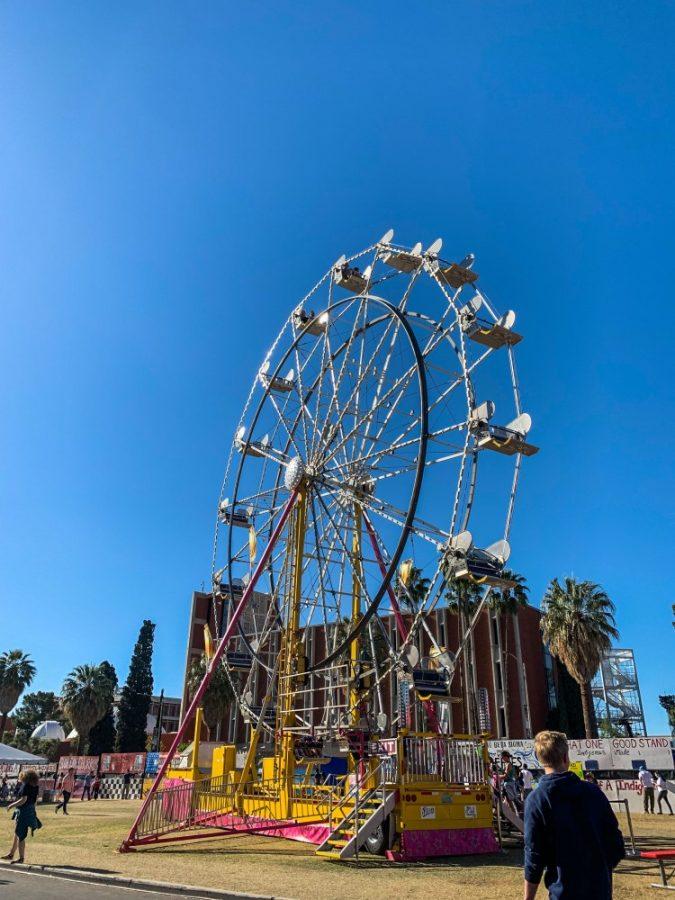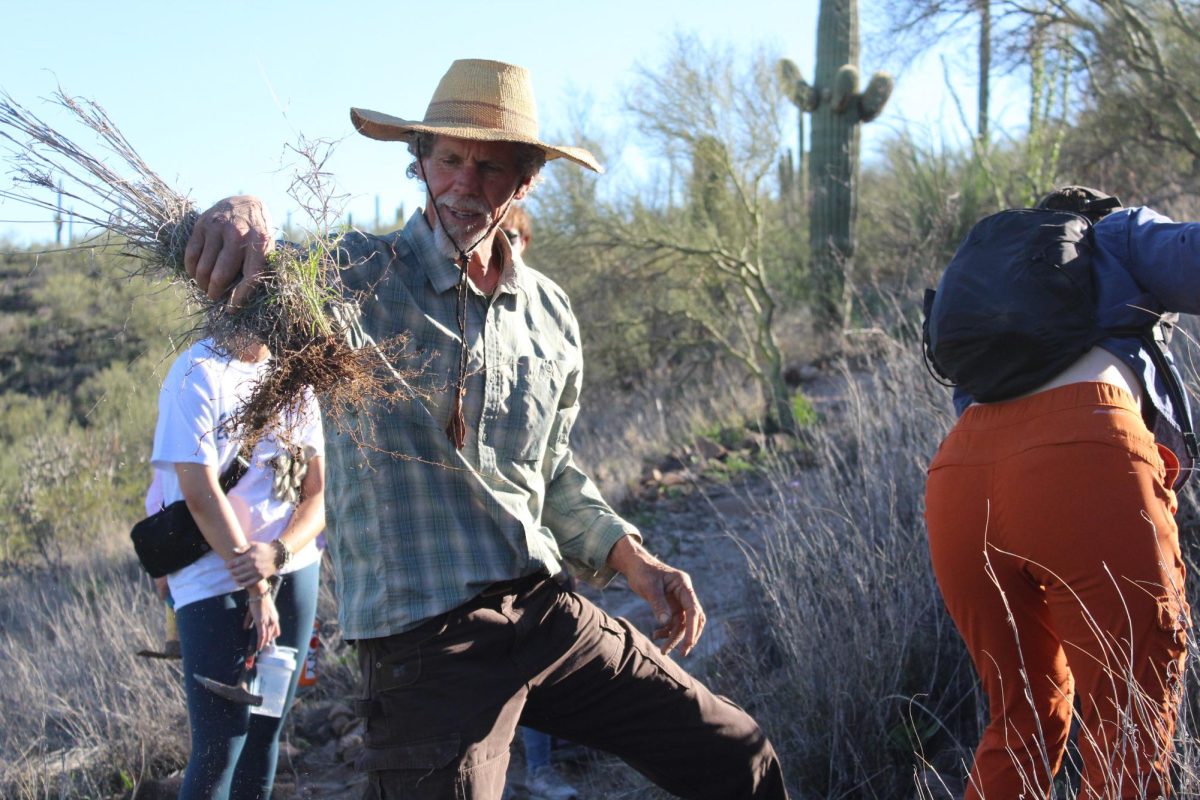I never was good enough to play Division I college baseball, which is probably why you’re reading this column instead of my statistics.
But I was fortunate enough to be instructed and coached by Jerry Stitt for much of my baseball career.
As a little leaguer, I would join a cluster of other players at camps and take a knee in a half-circle around Stitt. We’d look up, intensely focused on what he had to say. This group was not always composed of little leaguers, but also of high schoolers, college athletes and, these days, professionals.
He’s in his fourth year in the Diamondbacks organization as the hitting coach for the rookie-league Missoula Osprey in Montana, but he’s the same ol’ loveable Stitter at every level.
“”See the ball big, see the ball long and see the ball early,”” he would tell us. That’s always the first rule he teaches his players and campers at every level.
I looked forward to that week I would spend in Pinetop, Ariz., every summer at his instructional camp, the Baja Arizona Baseball Academy that he started in 2002. It was baseball, baseball, baseball for eight hours every day for a week. And then there were the camps that he hosted at Frank Sancet Stadium, and his annual Christmas camps.
“”The campers are the future,”” Stitt said. “”Like anything, you get out of baseball what you put in, and with the camps there was always a lot of opportunities to put in.””
When he wasn’t holding camps, he was holding private hitting lessons (he hit .366 for Arizona in 1968), creating instructional videos and running a club team for a while after his days with the Wildcats.
Whether it was a camp or a club team, you could be sure that every day Stitter would be prepared, dressed in his baseball pants, stirrup socks, cleats and cap: the whole enchilada.
He’d tell us inspirational stories about how MLB Hall of Famer Ozzie Smith used to field grounders every day, even on Christmas. He brought to our attention that Alex Rodriguez went back to the minor leagues for a while after he made his debut in the majors. We knew how knowledgeable he was about major leaguers, seeing as 57 players were drafted during his tenure.
“”It’s always great to see guys that were in Arizona uniforms doing well and succeeding on a higher level,”” he said.
He taught us through drills and story how you have to be completely devoted toward achieving goals, and if you work hard enough, success is sure to follow.
Stitter was living proof.
He ran his players through numerous drills and techniques, including everything from swinging broomsticks to hitting dimpled balls to one-handed swinging drills to watching instructional videos.
Everything he did, he did with that same Stitter smile.
“”Don’t swing too hard,”” he’d tell me with a laugh during his club team’s batting practice. “”Relax. You’re working too hard. This is a game, not a chore.””
Sure enough, pop-ups morphed into line drives.
I was just one kid that the former first-team ABCA All-American center fielder worked diligently with. Of course I didn’t become a big superstar like Kenny Lofton or J.T. Snow, who played under him, but that wasn’t his fault.
A member of the Phoenix Central High School, Salpointe High School, Pima County Sports and Arizona Baseball Coaches halls of fame, he is now a member of the Arizona Sports Hall of Fame.
Good ol’ Stitter.








